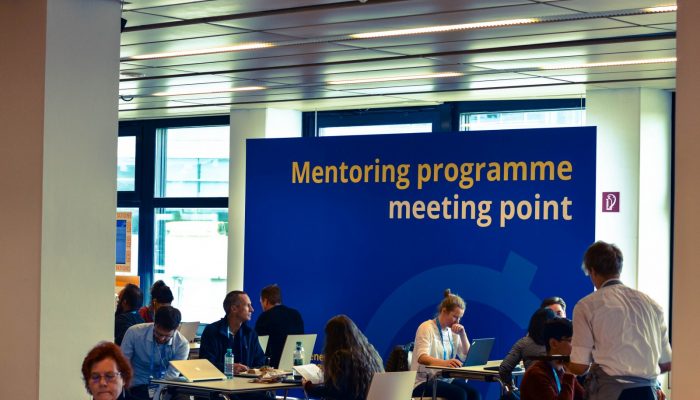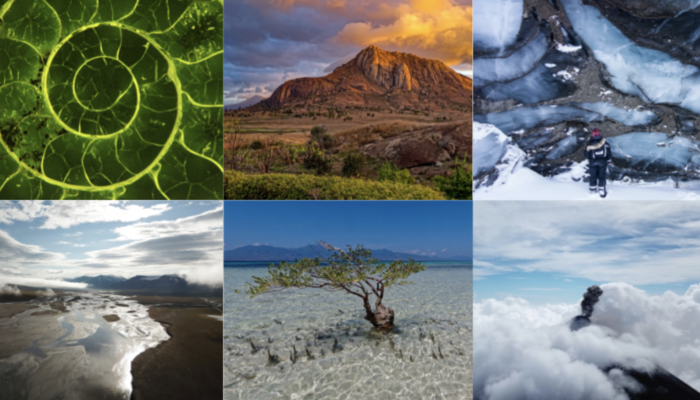With more than 16,000 participants, 5,000 oral presentations, 9,000 posters and 1,200 PICO presentations, the EGU General Assembly can be an overwhelming experience for any scientist, whether it’s your first time or 10th time attending. However, you can make conference networking a bit easier by signing up for the EGU 2020 Mentoring Programme! This mentoring scheme aims to facilitate new connectio ...[Read More]
Being a mentor at the General Assembly 2020




